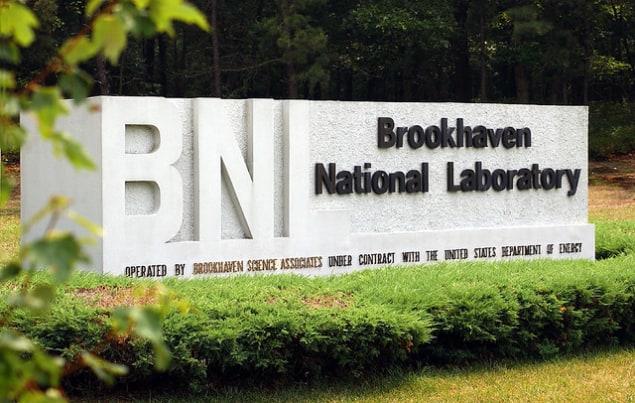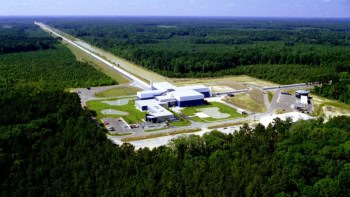
Home »
Scientific enterprise » Policy and funding » Technicians sue Brookhaven National Laboratory over carcinogenic cleanser use
Technicians sue Brookhaven National Laboratory over carcinogenic cleanser use
29 Aug 2019
Peter Gwynne is Physics World's North America correspondent



